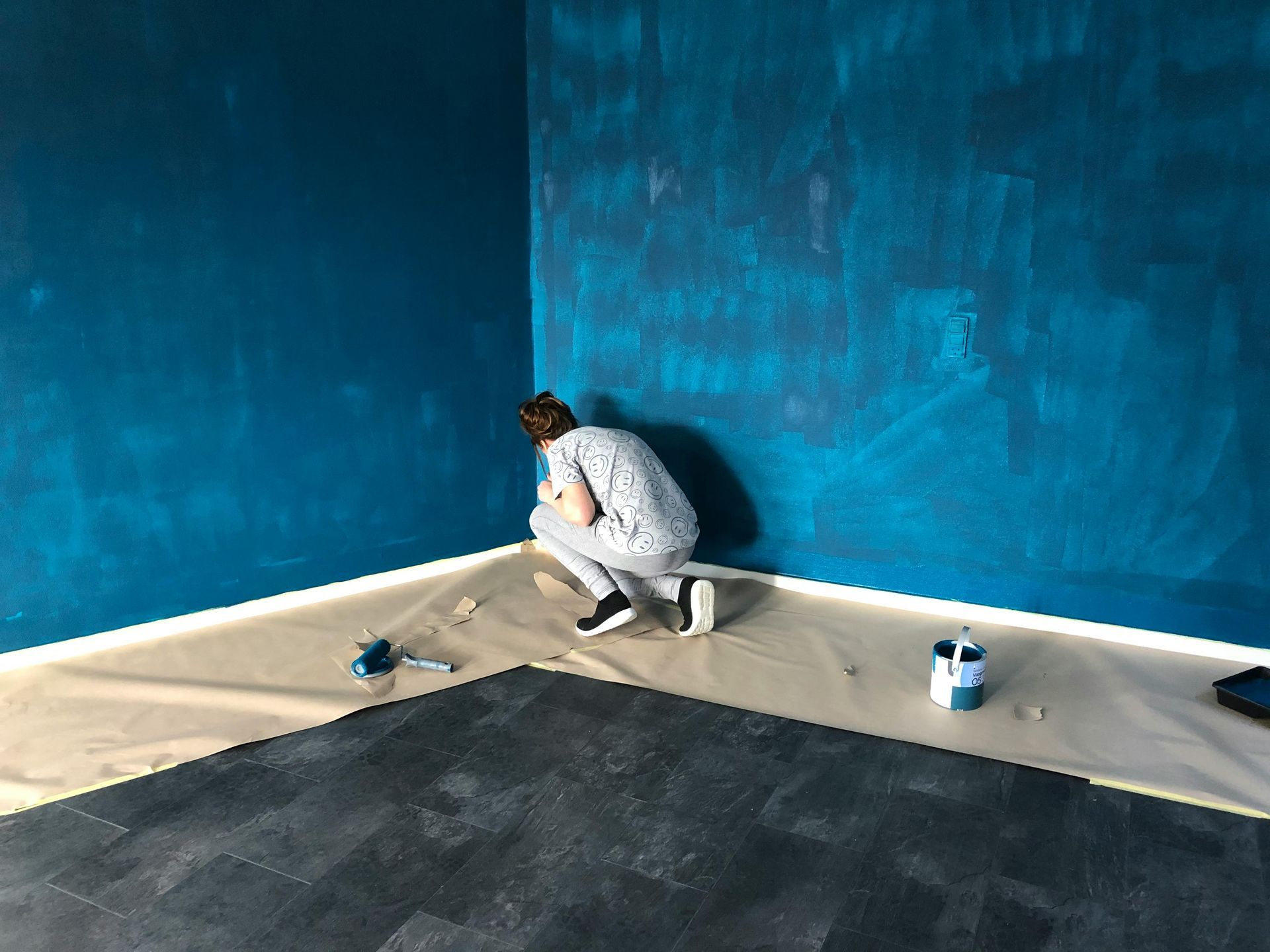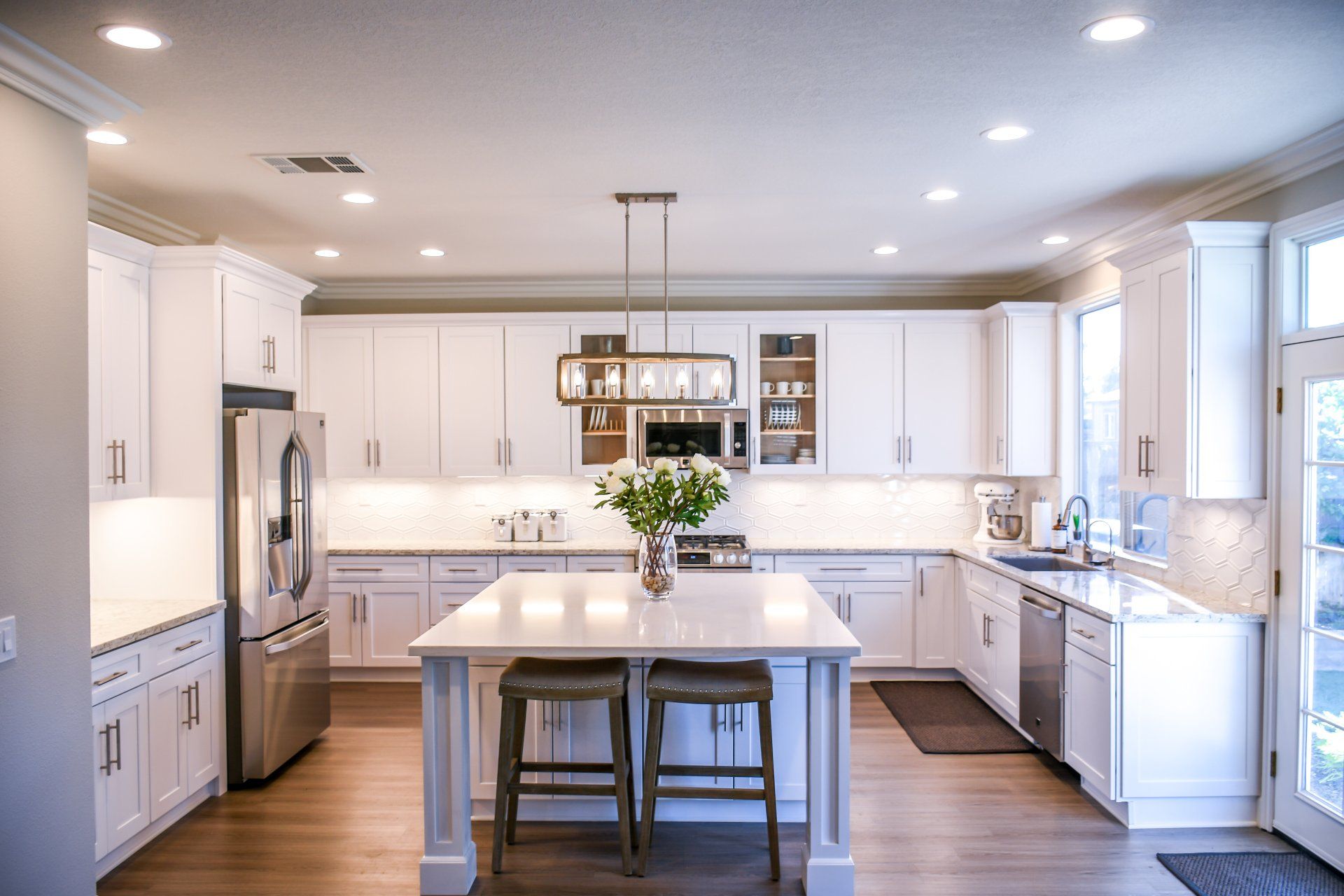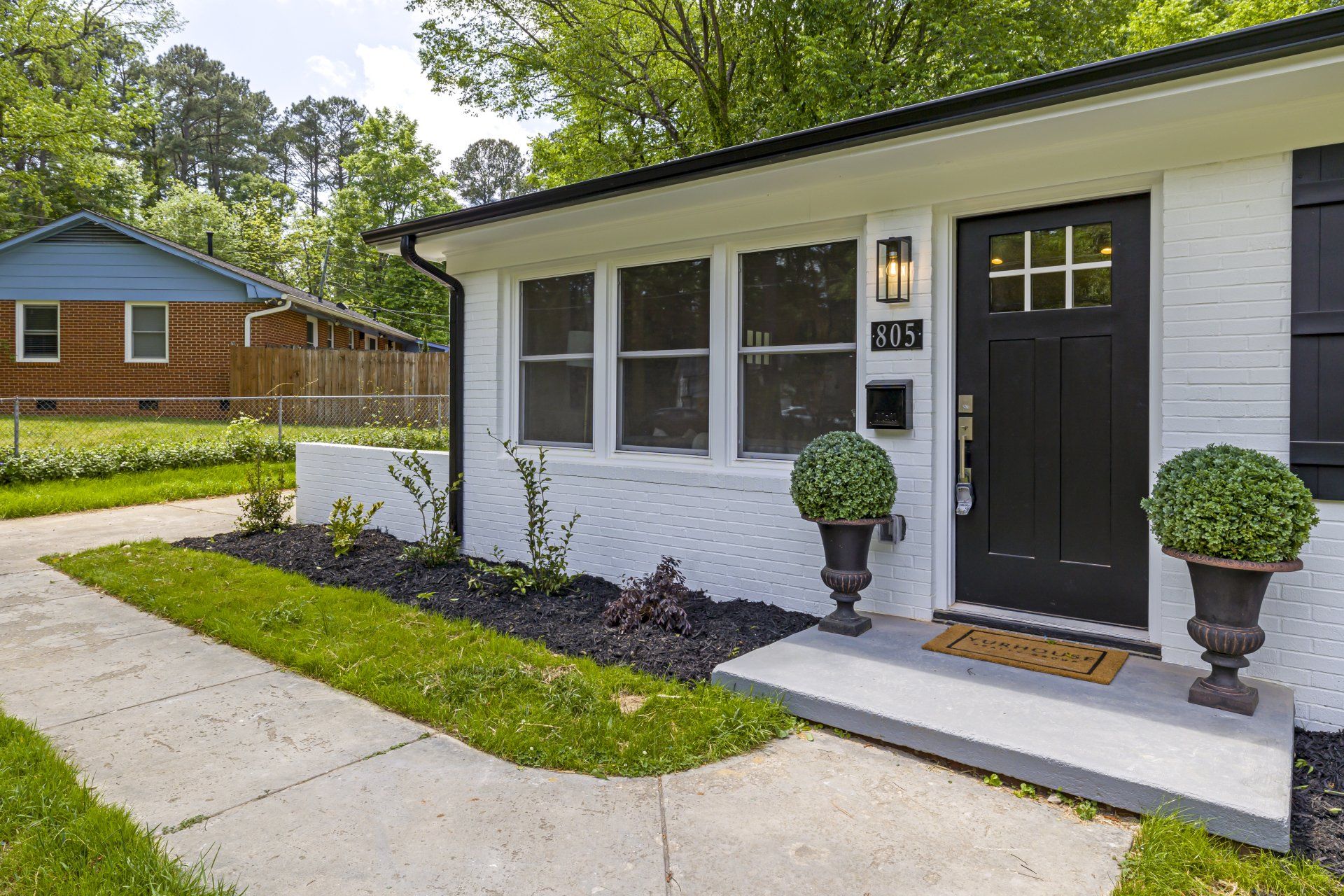Can I Paint My House In The Winter?

Can I Paint My House In The Winter?
As the colder months approach, many homeowners may wonder if it’s still possible to paint their houses. While spring and summer are typically seen as the ideal seasons for painting, winter painting is not only feasible but can also yield impressive results if done correctly. Here’s everything you need to know about painting your house in the winter.
1. Temperature Considerations
Most paint products come with specific temperature guidelines for application. Generally, it’s advisable to paint when temperatures are above 50°F (10°C) and below 90°F (32°C). In winter, this can be a challenge, but there are a few strategies to make it work:
- Choose the Right Days: Look for milder winter days when temperatures rise above the minimum. Often, a sunny day can provide enough warmth for successful application.
- Use Indoor Heating: If painting indoors, utilize heating systems to maintain a comfortable temperature, allowing the paint to cure properly.
2. Selecting the Right Paint
When it comes to winter painting, not all paints are created equal. Here are some factors to consider:
- Latex vs. Oil-Based Paints: Latex paints are generally more versatile in cooler temperatures. Look for products specifically formulated for low temperatures, which will enhance adhesion and drying times.
- Fast-Drying Options: Consider using fast-drying or low-temperature paints that are designed for winter conditions. These products can help prevent issues related to humidity and temperature fluctuations.
3. Humidity and Moisture Levels
High humidity can impact paint adhesion and drying time, potentially leading to issues like peeling or bubbling. To mitigate these risks:
- Check Weather Conditions: Monitor local weather forecasts for humidity levels and avoid painting on days when it’s particularly damp.
- Use Dehumidifiers: If you’re painting indoors, using a dehumidifier can help control moisture levels, ensuring a better finish.
4. Surface Preparation
Proper surface preparation is crucial for a successful paint job, especially in winter. Consider the following:
- Clean and Dry Surfaces: Ensure surfaces are clean and dry before painting. Remove any snow, ice, or moisture, as paint won’t adhere well to wet surfaces.
- Repair Any Damage: Winter can exacerbate issues like cracks or peeling paint. Take the time to repair and prep surfaces to create a smooth, even base.
5. Timing and Drying
Winter days are shorter, which means you’ll need to plan accordingly:
- Paint During the Warmest Part of the Day: Aim to paint when the sun is at its highest to take advantage of the warmest temperatures.
- Allow for Extra Drying Time: Paint may take longer to dry in colder temperatures. Be patient and allow ample time between coats to avoid smudging or damage.
6. Indoor Painting Tips
If you’re considering an indoor painting project during winter, here are a few additional tips:
- Ventilation is Key: Even in winter, good ventilation is important. Open windows periodically to prevent paint fumes from building up.
- Layer with Care: When painting multiple rooms, start with those that are less frequently used, allowing you to manage drying times without disrupting daily activities.
Conclusion
Yes, you can absolutely paint your house in the winter, but it requires careful planning and consideration of the unique challenges the season presents. By choosing the right products, preparing surfaces properly, and monitoring weather conditions, you can achieve beautiful results even in the colder months. So grab your brushes, embrace the season, and give your home a fresh new look!
Palette & Patina
More PostsBook a Service Today
We will get back to you as soon as possible
Please try again later

We have over 13 years of experience in interior painting, exterior painting and decorative concrete flooring. Call us today for a FREE quote!
Contact Details
Address:
New Paragraph
Phone No:
Email:
Site Links
All Rights Reserved|Covington Painter
Website by Digi-All


